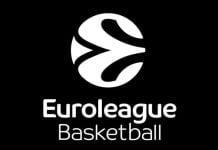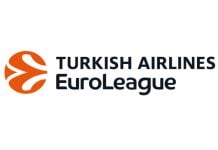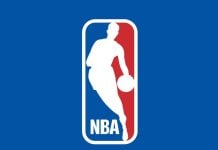A historic season in which Euroleague Basketball’s new competition structure has already shattered the record for games played in European club competitions has also been a resounding hit with fans across the continent and around the world.
After the Turkish Airlines EuroLeague held the longest regular season ever seen in Europe and the expanded 7DAYS EuroCup ended with great drama, growth indicators across the board show that more high-quality and exciting basketball games has generated greater interest in both competitions than ever before.
In the EuroLeague, increased competitiveness during the 30-round regular season was among the many reasons for all that extra enthusiasm, proving that the first true European league, featuring the highest-quality teams, was something that fans had been waiting a long time to see.
An impressive 18.8% of the Turkish Airlines EuroLeague regular season’s 240 games were decided by a single shot – 3 or fewer points – as compared to 13.3% a year ago. Those results were among 34.6% of all games that finished with a maximum difference of 5 points and 62.9% that were decided by fewer than 10 points. Both were the highest such figures in the EuroLeague this century and are evidence that moving to a 16-team format produced a concentration of competitive teams that rewarded fans with consistently closer games. That heightened competitiveness ensured that no single playoffs pairing was determined until the 30th and final dramatic round of the regular season.
Fans responded to the new format with great enthusiasm across every platform. In-arena attendance registered 15% more fans per game than in the 2015-16 Regular Season and Top 16 phases, jumping from 7,136 fans on average to 8,177. At the same time, the EuroLeague’s live TV audience grew 32% and its online audience 166%, according to Nielsen reports, which also said that the competition’s total accumulated audience across all platforms enjoyed a 57.5% increase, well above any initial expectation. Social media platforms also experienced a huge positive impact, with fan engagement on Facebook, Instagram and Twitter increasing by 471%, 414% and 197%, respectively, while YouTube video views grew by 32% as compared to last season.
As with competitiveness and audience, positive indicators were also evident on the business side under the Joint Venture between Euroleague Basketball and WME | IMG, with sponsorship and media revenues growing 46% and 67%, respectively, as compared to the previous season.
EuroLeague clubs were beneficiaries of the changed structure, as well, with revenue distribution now weighted more towards sports results, 54% as opposed to 46% via market-based considerations, allowing for the distribution of more than €12 million among them at the end of the regular season. Real Madrid and CSKA Moscow – the teams that finished first and second after 30 regular season games – earned more than €1 million each for those efforts, corresponding to the sports pool, which is the 54% of the total revenue distribution.
Going forward, an additional sum from the sports pool of €3.35 million remains to be distributed between the playoffs and Final Four. Teams that make the Final Four will receive additional bonuses of €150,000 for the fourth-place team, €300,000 for the third-place team, €500,000 for the runner-up, and €1 million for the champion.
As with the EuroLeague, the revamped 7DAYS EuroCup – which played best-of-three playoff series in the quarterfinals, semifinals and finals for the first time – boasted great numbers, too.
A 12.6% increase in game attendance saw an average of 5,112 fans attend the 186 EuroCup games played this season. At the same time, there was a 41.5% jump in online traffic at the competition’s official website, EuroCupbasketball.com. Finally, the EuroCup also confirmed a growth trend that has seen 407% more accumulated audience across all platforms since the 2012-13 season.














